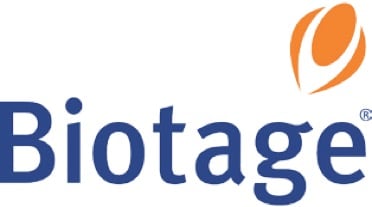Deanna Bissonnette
Deanna is an Application Chemist at Biotage. She became a part of Biotage in October 2018. Her current role involves quality control testing the media that arrives for the production of Atlantic® Disks and Atlantic® ReadyDisks. Deanna tests the disks and other products that Biotage sells in order to ensure the quality of the products for customers. Deanna supports the marketing team as well as the application group with application notes. Deanna is a graduate from Saint Anselm College where she obtained her Bachelor's degree in Forensic Science. She is very interested in the Analytical Chemistry side of her college education, so this position, as an application chemist, is a great place for her to start her career.

